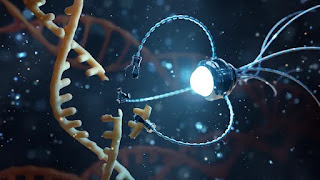Week 9 | Space + Art | Maya Srinivasan

The topic for this week, space and its relationship with art, showcases how artists and scientists have the ability to collaborate and enhance society's views on our galaxy. To fully appreciate the complexities of this phenomenon, we must first step back and observe its beginnings. As Professor Vesna notes in her lecture, "science flourished through the renaissance" as individuals began to ponder the idea of space and developed tools to aid them (Vesna). Nicolaus Copernicus was one of the pioneers of this space-related movement. This Polish astronomer developed the Heliocentric Model, claiming that all planets in our solar system revolve around the Sun (Westman). This directly opposed what most individuals during that time period believed, as teachings from the Church dictated that the Earth was the center of the universe. However, because of Copernicus' extensive research and ability to demonstrate his ideas through drawings, people began to change their minds. Exp...





